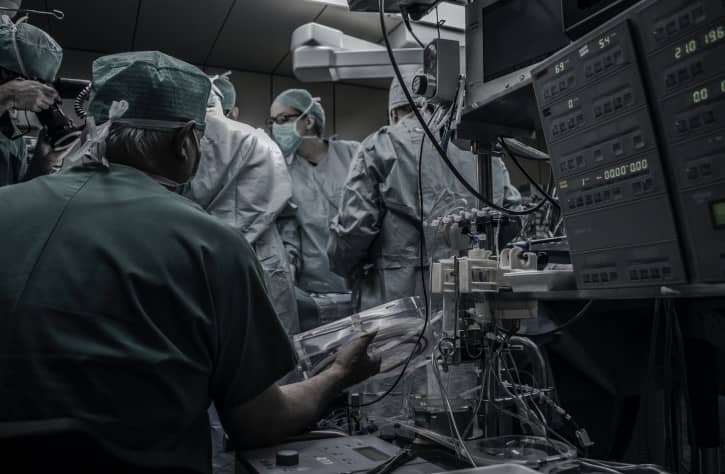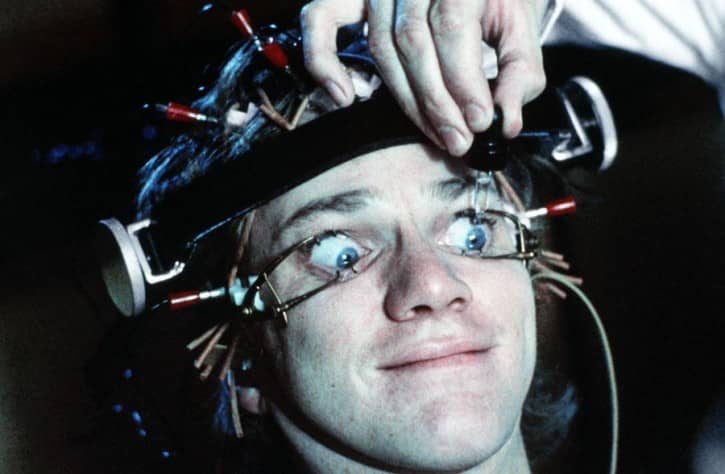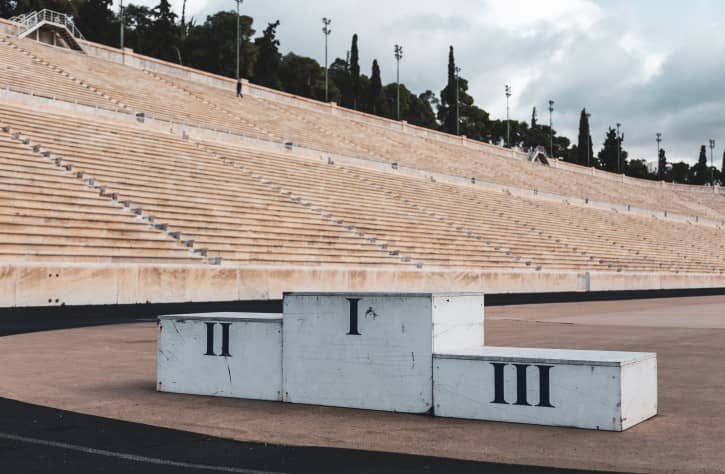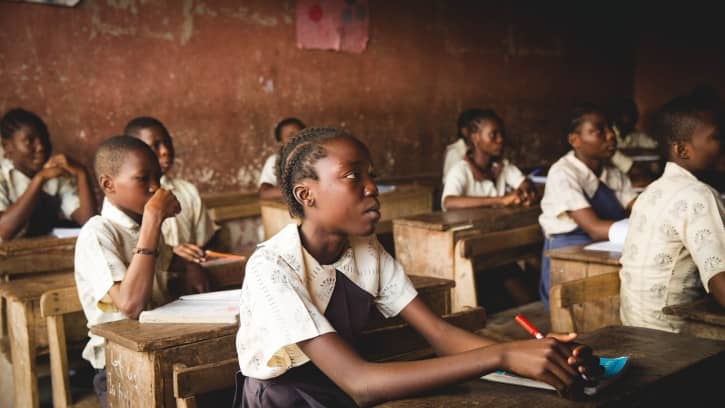The Scourge of “Cheaching”
From 1988, successive governments prescribed the direction of national education, starting with the standardisation of curricula everywhere. The laser-focus on results followed, which reduced the need to understand or pay attention to how teaching and learning is improved. With the rise of conspiracy-thinking and ‘alternative facts’ in the late 2010s, people felt freer to “say it as they saw it” with confidence in their own correctness, and less need to refer to established or new research – either done by themselves or by others. This opened the way for new and varied methods of ‘cheating’, or what has become known as cheaching (cheating at teaching).

Exactly when it began is difficult to establish, as the changes were initially subtle. However, it is incredible that people at the time did not make the parallel between what was starting to happen in education and what had already happened to international athletics.
Basically, from the mid-2020s, athletics began to lose its popularity among the general public because of increasing concerns about doping and the use of performance enhancing drugs. Initially, use was banned: then there were allowed drugs for known medical conditions, such as the asthma drug salbutamol and other legal drugs. Then legal use was optimised, pushing use closer to testing limits; use of complex calculations and pre-test testing became commonplace, to ensure the dose was right up to (but not over) the internationally defined limits at the time of the tests – to ensure a level playing field. In the late 2020s, the tests had to be done with notice, as random testing was deemed to violate the right to a normal life. Then came the accelerated development of new drugs with longer honeymoon periods (when they were undetectable or unknown to the World Anti-Doping Agency).
After that, there were notable cases of cheating using performance enhancing drugs despite the rigorous testing regime that was introduced, the problem just became the norm. This led to the collapse of Olympic respectability following the 2028 Moscow games, and the secession of certain athletes from their international governing bodies, to form new ones that allowed them to take drugs. The sorry state of Olympic games these days, as an event now largely passed over and ignored contrasts with the huge and relatively drug-free meetings that took place at the end of the 20th century and first 20 years of this century.
Big (pay-per-view-TV sponsored) athletics meetings now take place in pariah nations, where they take on a grotesque and seedy apparel and where human beings, ravaged and deformed from hormone and steroid treatments and muscle builders compete with one another for huge sums of money available. Average life expectancy for such athletes has declined to just 45 and these meetings have been compared in their scale, barbarity and life expectancy to gladiatorial contests in ancient Rome. All the world records are held by these athletes now.

The same began to happen in education. The development of a new group of hormones called xylo-meta-cuspates, in 2025, known collectively as cognoscalol, were shown to enhance the recall of all pupils who took it. While extensive tests done on safety came out in the drug’s favour, they would only be available on prescription for amnesiacs, or those with certain learning difficulties. However, just like Viagra the anti-impotence wonder-drug of the 1990s, it became possible to obtain it via the internet.

The involvement of private companies for the first time in 2002 in running educational organisations, and their perceived success (which was always a fait accompli after all), led to the sluice gates being opened with effectively full privatisation in 2029, and the involvement of big business shortly thereafter: the competitive, results-driven culture that followed was welcomed by many parents. This in turn generated a huge financial motivation to develop cognoscalol much quicker and further, and by-passing of restrictions on its use on humans. Educational academics were encouraged to conduct illicit research on them in a race to be first. Despite being ostracised by their communities, researchers and academics accelerated the development and corners were cut.
By 2031, full scale testing was underway in the UK. The drug works by enhancing and accelerating the ability of nerve cells to myelinate (‘fix’ learning) in fractions of seconds, rather than in hours or days. Under the influence of cognoscalol and chemo-nutrient rich foods fed intravenously, pupils undergo an intensely rapid multi-sensory exertion involving total virtual reality immersion, leading to the achievement of extraordinary feats of learning. They claimed to have children as young as 1 able to know the alphabet; children who were 3 could apparently read and understand books meant for 10-year olds, and children of five could do simultaneous equations. And so, Virtual Reality Absorption (VRA) was born, also sometimes referred to as the knowledge assault and the scourge of ‘cheaching’ became prevalent.

Image obtained from https://faroutmagazine.co.uk/
The claims about its effectiveness were pooh-poohed by academics. But this scarcely mattered. In spite of the UK authorities not yet licencing it for commercial use on ethical grounds, parents with real concerns about their children’s education and schooling began to make the journey to Switzerland, where groups of educationalist clinicians offered VRAs ‘while-u-wait’.
In the early days, many parents were within earshot of the ‘Absorption Theatre’, and reported that they heard noises akin to a very busy launderette – a relentless, ambient grinding, punctuated by the juddering machinery. Screams and shouts could be heard from their offspring, whose bodies flailed around inside the virtual reality armature that they were encased inside. Some parents could not stand it and called the whole thing off; others who put up with this, then had their toleration threshold broken by the insistence of the clinic’s staff that their child sleep deeply for several hours before returning home. Upon asking why, they received the reply that the VRA had used up an average of 2000 calories per child, equivalent to a ten-mile run, and for five-year-old children, this required a long recovery period. Parents were extremely distressed at the whole process, but when they saw their children turn into experts at subjects and languages they had previously found very hard, the worries and distresses produced by the process itself were put to one side.
By 2037, thousands of parents were using VRAs – a huge boost to the Swiss economy, as well as having a very real impact on their children’s results – segregating them very effectively from non-participants. The government tried to annul the exam results that children who had had VRAs achieved but this was a hiding to nothing.
By 2041, the government was forced to allow VRAs, first in Scotland and Wales, ever the guinea pig nations, and then in England. After all, how could it possibly not do so, for they were proven to improve children’s competence in all school subjects and it provided a solution to the problem of child obesity – all for the sake of a regular but short-term trauma.
Government backing allowed further considerable, and legitimate, VRA research to be done so that the process could be fine-tuned to maximise educational outcomes while limiting the trauma of the process itself. This was only partially successful, and the process remains to this day very like it was in its early days in Switzerland. Children of all ages dread their VRAs, as they used to dread visits to the dentist, but they still go to them, out of a simple faith that they are doing something that will provide long-term dividends.
However, this did not end the illicit use of VRAs for ‘cram schools’ exist everywhere at the moment, where illegitimate VRAs are conducted for anyone who can pay. Under the state school system, pupils are rationed to one VRA per week, so that there is a ‘level playing field’, but rich parents can get their children to have extra ones by making contact with these ‘cram schools’, and as a result those children would have an advantage over those relying only on state provision.

The VRA and its use in schools has created huge problems and I will outline some of them now – others (such as pay differentials and their effect upon learning) will wait for further chapters. The first major problem concerns itself with the fact that VRAs now represent the final culmination of uniformity in education. There was a time when diversity was celebrated and indeed aimed for. Everything is uniform now. Since the foundation of the National Curriculum in 1988, which, for the first time, made the curriculum universal, education has undergone a long chain of formalising and unifying processes, which collectively have been dubbed the ‘McDonaldisation’ of education.
Links to other websites
• Book Review by Courtney Smith-Nelson, Missouri State University. “Dystopia & Education: Insights into Theory, Praxis, and Policy in an Age of Utopia-Gone-Wrong”, by Jessica A. Heybach and Eric C. Sheffield (Eds.).
There have been attempts to deal with this growing tendency to uniformity, most notably represented by opt-out communities. These largely resemble hippie-type communes of the 1960s because it is otherwise almost impossible to avoid the social stigma of non-conformance – itself considered by VRA enthusiasts as a form of abuse! There were attempts to fight it, brave free schools tried to return to ‘traditional classroom teaching’ but inspectorates ravaged them for denying young people the opportunities they deserved. By this time, every school was under the governance of and partly financed by a private corporation. Just as well, really, considering that schools then had to pay for their VRA theatres!

A further problem is that the use of VRAs took away a lot of the joy many teachers experienced from traditional classroom teaching, as they had effectively been demoted to a supervisor’s role, or as some say a ‘fairground ride operator, who makes sure the student is buckled in properly before the virtual reality absorptions’. Teacher unions themselves claim that this should not be seen as a demotion as teachers now have to ‘diagnose’ the correct procedures for each student i.e. alterations to the dosage of cognoscalol and modifications to and tailoring of knowledge assaults deemed necessary because of learning difficulties. Teachers, in their view, should now be regarded as ‘consultants’. This is, however, small consolation to the masses of disillusioned ex-members of the profession.
In another section, we will discuss the shocking skills shortages that we began to experience in workplaces from the 2000s and although it seems anomalous to the improvements in learning that happened as a result of VRAs, it actually was not anomalous at all.

